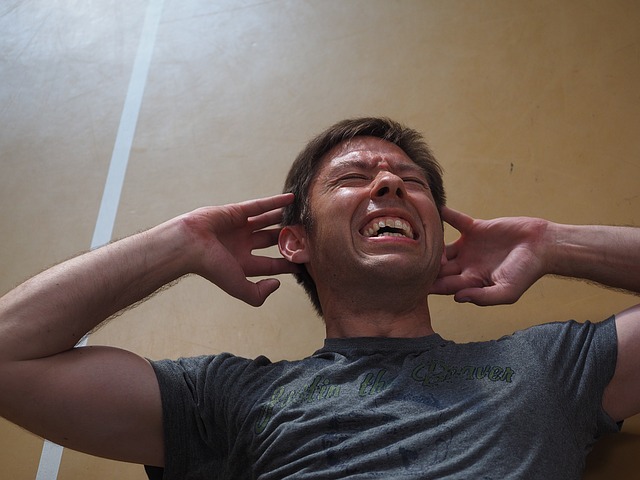
Pain vs. Discomfort
As we established before, the “no pain, no gain” mentality has a very fine line. Bear the pain, but don’t overuse. Push to succeed, but don’t stress over it. But there is also a fine line between preventing injuries and unhealthy habits and not pushing yourself enough to see results. In order to keep excelling and reaching fitness goals, a little discomfort while exercising is to be expected, and it’s important to know when your pain is beneficial rather than harmful.
What’s the Difference?
The key to telling the difference between pain and discomfort is understanding what it is you’re feeling.
Pain is the body’s way of letting us know that there is a problem happening or will be happening soon. It is usually associated with sudden, sharp, shooting or aching in the bones or joints. Pain can lead to serious injuries if ignored.
On the other hand, discomfort is an indication that your workouts are working—that you’re improving muscle strength and cardiovascular stamina. Also called “delayed-onset muscle soreness,” discomfort feels like a burning sensation in the muscles which may continue for two or three days after a new or more difficult workout. Understanding and distinguishing between pain and discomfort will greatly help in both injury prevention and rehabilitation.
The Second Wind Fade
A second wind, often called a runner’s high, is noted as one of the best feelings when exercising due to the increased confidence and improved performance coupled with easier breathing. The onset of a second wind is somewhat predictable but unnoticeable when exercising. The same goes for the disappearance of that second wind, leaving a person with nothing but extreme fatigue and pure motivation to finish the workout at hand. When the second wind fades, it is important to not quit working out altogether.
Pushing through post-second wind fatigue is important when striving to reach fitness goals, but also has limitations. Pushing to extremes and ignoring body signals in this time of fatigue is what leads to overuse injuries.
Know When to Stop
When exercising and experiencing pain or discomfort, it’s simple to tell when you need to stop, according to sports medicine physician Dr. Jordan Metzl. Ask yourself these questions:
- Is the pain changing the way I move?
- Is the pain in my bones?
- Is the pain in my soft tissue?
- Am I feeling dizzy?
If you answered yes to any of these questions, it’s important that you stop exercising immediately so you don’t hurt yourself and talk to your doctor. There is nothing wrong with taking a short break to determine the source of pain or discomfort while exercising. In doing so you will not only be preventing injuries but exercising responsibly.
